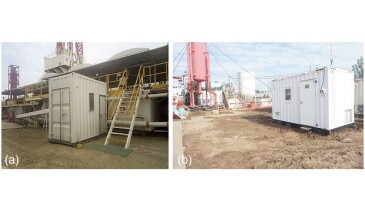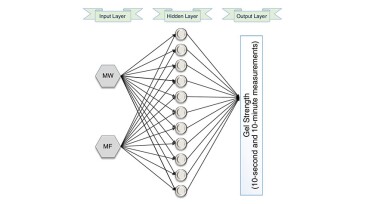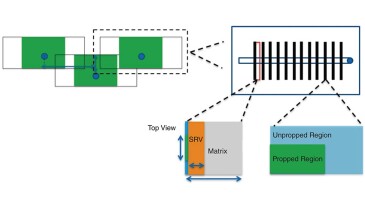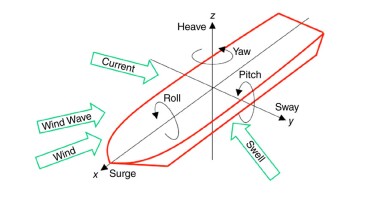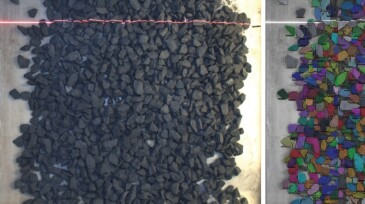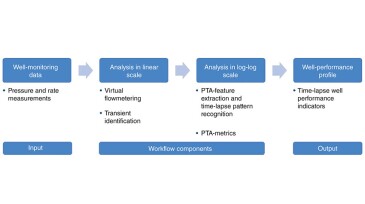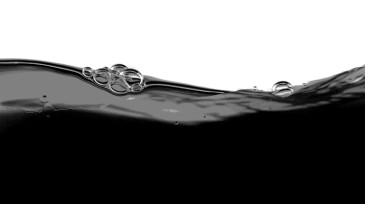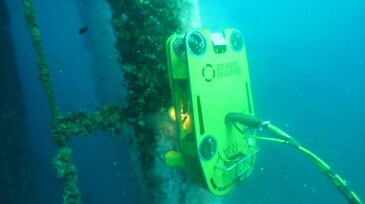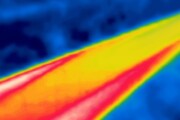DSDE: In Theory
-
This paper highlights a new online system for monitoring drilling fluids, enabling intelligent control of drilling-fluid performance.
-
This paper investigates the use of machine-learning techniques to forecast drilling-fluid gel strength.
-
This paper presents a workflow that combines probabilistic modeling and deep-learning models trained on an ensemble of physics models to improve scalability and reliability for shale and tight-reservoir forecasting.
-
This paper describes a new application that leverages advanced machine-learning techniques in conjunction with metocean forecasts to predict vessel motions and thruster loads.
-
This paper proposes a holistic, automatic, and real-time characterization of cuttings/cavings, including their volume, size distribution, and shape/morphology, while integrating 3D data with high-resolution images to pursue this objective for use in the real-time assessment of hole cleaning sufficiency and wellbore stability and, consequently, for the prediction, prev…
-
This paper describes a new integrated workflow for automated well monitoring using pressure and rate measurements obtained with permanent gauges and flowmeters.
-
The goal of the project described in this paper was to test the added value of shear-wave velocity interpreted from underwater multichannel analysis surface waves, particularly as a propagation tool of geotechnical information.
-
This paper assesses the potential of augmented depletion development in four US plays: Bakken, Eagle Ford, Midland, and the Anadarko Basin.
-
This paper presents a clear and consistent method for determining dead and live crude EACNs using a single reliable method, highlighting a graphical way to determine the optimal salinity and its uncertainties using real data.
-
Chevron looks into using remotely operated vehicles to scrub marine growth from subsea structures.
Trending Now on DSDE
Get JPT articles in your LinkedIn feed and stay current with oil and gas news and technology.

